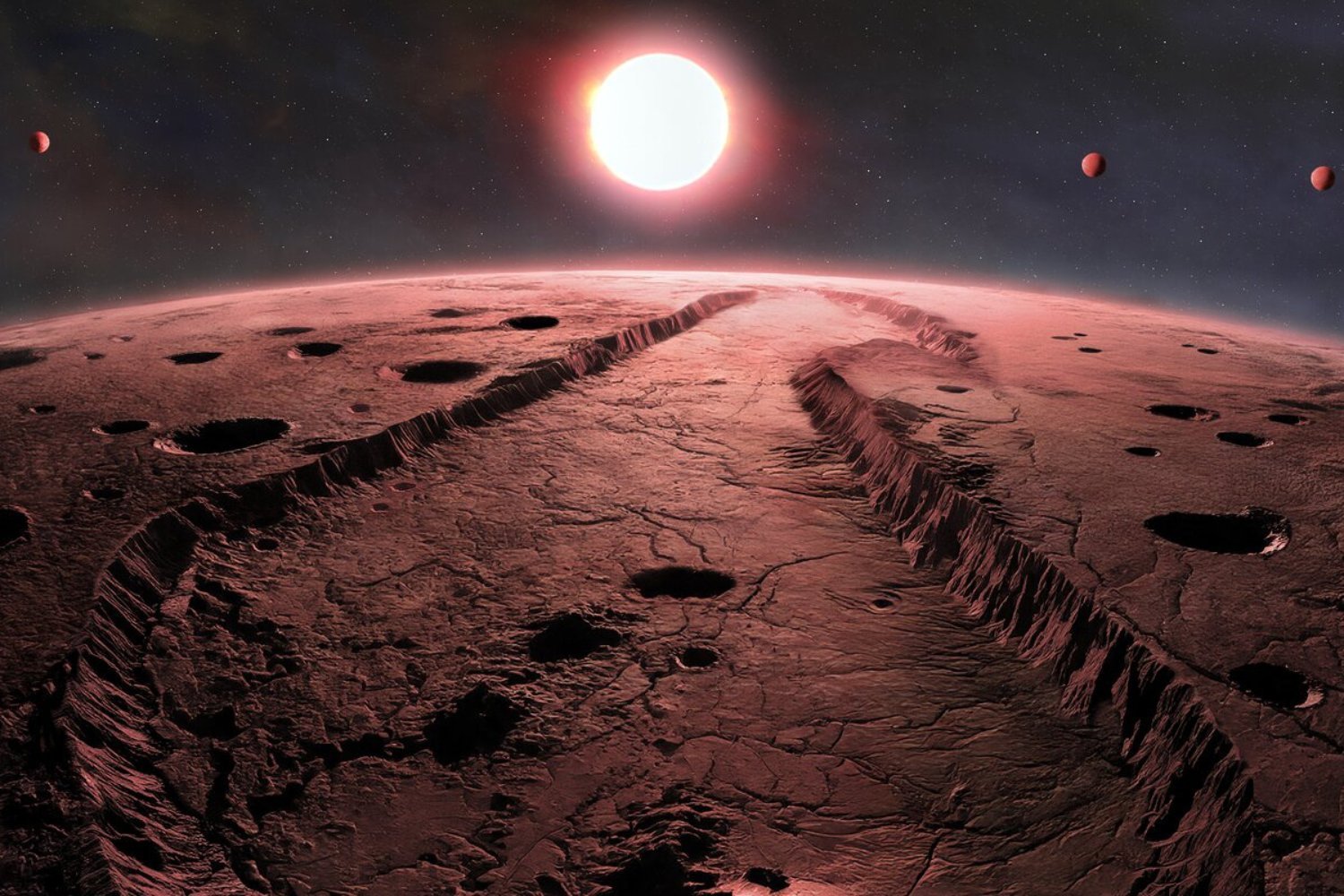Astronomers have identified four exoplanets orbiting barnard’s star, a red dwarf star just 6 light-yars away from earth.
No, really, this time it’s for real! We have to emphasize this decision Astronomers have been “discovering” exoplanets orbiting barnard’s star -and then discoveling they were wrang – for a century. “Exoplanet” is the Technical Term for Planet-Like Bodies Beyond Our Solar System, but some some scholars use “planet” for simplicity.
Now, however, an International Research Team has confirmed the existence of Barnard B, A Previously identified exoplanet Orbiting Barnard’s Star. They also found evidence of three additional exoplanets, which has been tentyly identified in the same earlier study – enough – enough to confirm one as a bona fide planet. As detailed in a study Published Tuesday in the Astrophysical Journal Letters, The Research Sets a New Record in Humanity’s Hunt for Exoplanets.
“It’s a really exciting find – barnard’s star is our cosmic neighbor, and yet we know so little about it,” Ritvik basant, first author of the study, said in an nsf noirlab statementHe and his colleagues used a planet-hunting instrument mouted on the gemini north telescope called maroon-x. Exoplanets Exert a gravitational force on the star they orbit, which makes the star wobble; Maroon-x can detect this wobble in the star’s light, allowing astronomers to extrapolate the presence of one or more orbiting exoplanets, as well as their mass.
Applying this Technique Over a Span of Three Years, The Team Identified Four Sub-Earth Exoplanets Orbiting Barnard’s Star, A Red Dwarf and the Nearest Solo Star (as opposed to a System) to earn. Sub-Earth Exoplanets Have Less Mass Than Earth does, and Red Dwarfs Are small, cool stars that appear orange -ish. As mentioned earlier, all four experts had been previously detected with varying degrees of confidence by a 2024 studyBolstering The Researchers’ Confidence in his recent findings.
Furthermore, The team was alive to classify one of their “planet candidates” as a bona fide or true exoplanet by integrating their maroon-x data with observations from the 2024 Study, WHICH USED European southern observatories’s very large telescope in chile.
“We observe at different times of night on different days. They’re in chile; We’re in Hawai’i. Our Teams Didn Bollywood with Each Other At All, “Added Basant, Who is also a Phd Student in the University of Chicago’s Department of Astronomy and Astrophysics. “That gives us a lot of assurance that these aren’t phantoms in the data.”
The Four Exoplanets orbit Barnard’s Star So Closely that their Years Last only a less earth days. They are probally Rocky and, giving their proximity to the star, uninhabitable. In Fact, The 2024 Study Estimates Barnard B’s Surface Temperature to be a Balmy 257 Degrees Fahrenheit (125 degrees Celsius).
One of the exoplanets have the smallest mass ever detected the wobble method, official (and boringly) Known as the Radial Velocity Technique. This new records Paves the way for more precise exoplanet hunting than Ever Before.
Exoplanet hunters are particularly interested in Rocky planets within habitable zones, the ideal distance from a star to sustain liquid water. Why? Because water is a prerequisite for life –nd maybe not just our oven.
